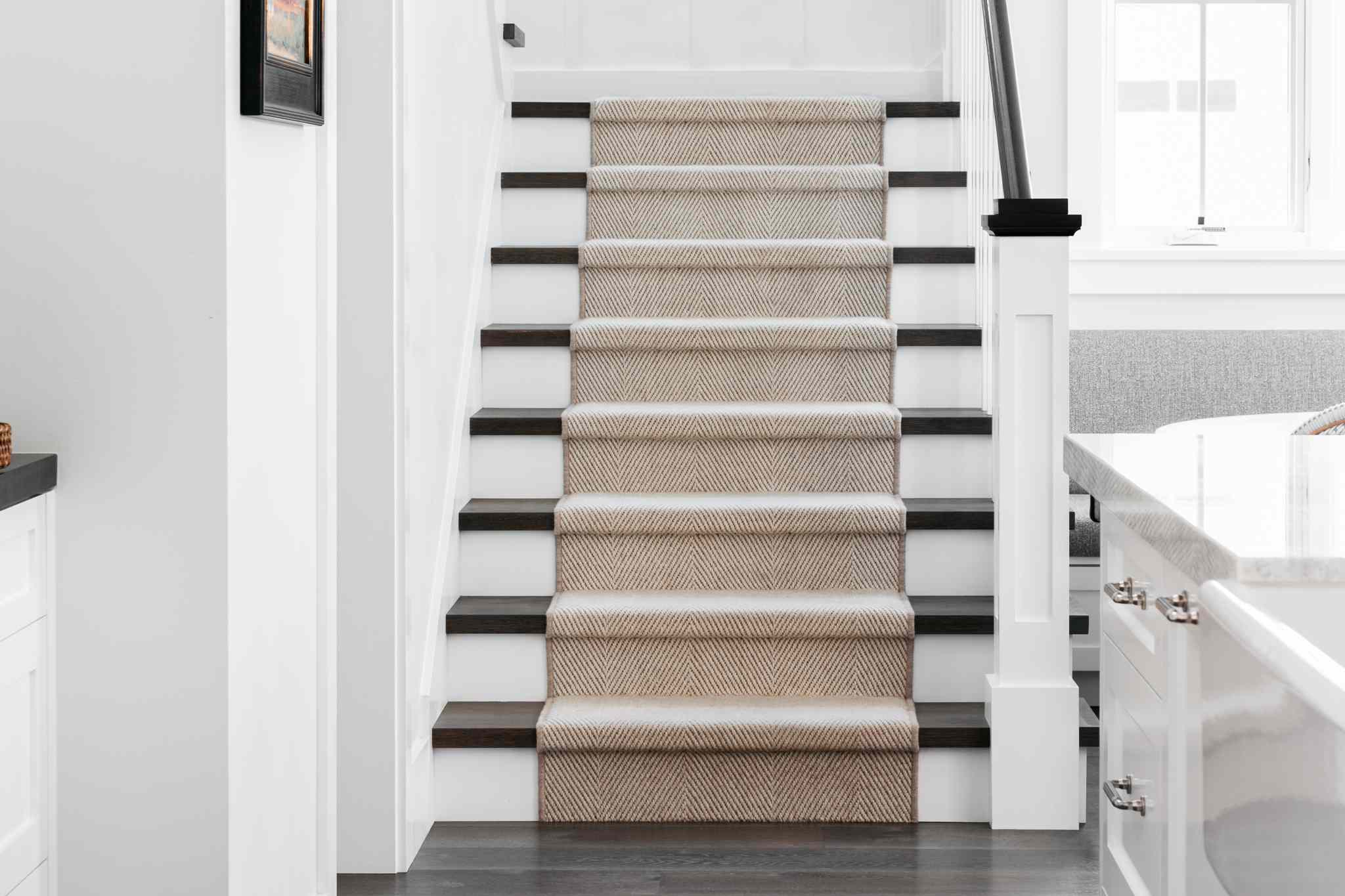

Articles
How To Add Carpet To Stairs
Modified: January 9, 2024
Learn how to add carpet to stairs with our step-by-step articles. Transform your staircase into a cozy and stylish focal point.
(Many of the links in this article redirect to a specific reviewed product. Your purchase of these products through affiliate links helps to generate commission for Storables.com, at no extra cost. Learn more)
Introduction
Adding carpet to stairs is a popular choice among homeowners for several reasons. Whether you’re looking to improve safety, add a touch of style, or reduce noise, carpeted stairs can provide numerous benefits. Not only do they provide an additional layer of comfort underfoot, but they can also enhance the overall aesthetic appeal of any staircase.
Carpeting stairs not only adds visual interest but also provides a soft and comfortable surface to walk on. This is particularly advantageous for households with children or elderly individuals who may be more prone to slips and falls. Additionally, carpeted stairs can help to dampen the sound of foot traffic, making them a convenient option for multi-level homes.
There are various types of carpet materials available, each with its own unique characteristics and advantages. From plush and luxurious options to more durable and stain-resistant varieties, there is a carpet type suitable for every homeowner’s preferences. Additionally, with the right tools and materials, adding carpet to stairs can be a manageable DIY project for those inclined to take it on themselves.
In this article, we will guide you through the process of adding carpet to stairs, covering everything from choosing the right carpet type to the step-by-step installation process. We will also provide helpful tips and suggestions to ensure a successful and long-lasting carpeted stairs project. So, whether you’re looking to accentuate the beauty of your staircase or create a safer environment for your family, let’s delve into the world of carpeted stairs and discover how to transform your stairs into a cozy and stylish focal point.
Key Takeaways:
- Adding carpet to stairs enhances safety, comfort, and visual appeal, providing a cozy and stylish focal point for any home. It offers numerous benefits, including noise reduction and durability, making it a practical and aesthetic choice for homeowners.
- Selecting the right carpet type, gathering necessary tools, and following a step-by-step installation process are crucial for successful carpeted stairs. Regular maintenance and proper cleaning ensure long-lasting beauty and functionality, creating a vibrant and inviting space in your home.
Read more: How To Add Stairs To Attic
Why Add Carpet to Stairs
Adding carpet to stairs offers numerous advantages that go beyond just aesthetics. Here are some compelling reasons why you should consider carpeting your stairs:
- Safety: One of the primary reasons people choose to add carpet to stairs is to increase safety. Hardwood or tiled stairs can pose a slipping hazard, especially for children, elderly individuals, or those with mobility issues. Carpet provides a gentle and slip-resistant surface that helps prevent accidents and provides peace of mind.
- Noise reduction: Carpet acts as a sound barrier, reducing the noise caused by foot traffic on the stairs. This is particularly beneficial in multi-story homes where noise can easily carry from one level to another. Carpeted stairs absorb sound and make your home quieter, providing a more peaceful environment for everyone.
- Comfort underfoot: Walking up and down a hard, cold staircase can be uncomfortable, especially if you’re barefoot or wearing socks. Carpeted stairs provide a soft and cushioned surface, enhancing the overall comfort of your home. It’s a welcoming feeling to step onto a plush carpet as you ascend your staircase.
- Visual appeal: Carpeted stairs can instantly transform the look and feel of your staircase, adding warmth and elegance to your home’s interior. With a wide variety of carpet colors, patterns, and textures available, you can choose a style that complements your existing décor or becomes a focal point in its own right.
- Durability: While carpeted stairs may require regular maintenance and cleaning, they can be more durable than hardwood or laminate stairs. Carpet fibers are designed to withstand high foot traffic, making them less prone to visible wear and tear. Additionally, any small scratches or imperfections on the stairs can be concealed by the carpet, extending the life of your staircase.
By adding carpet to your stairs, you can create a safer, more comfortable, and visually appealing space that enhances the overall ambiance of your home. Whether you’re looking for practicality or style, carpeted stairs offer a perfect solution that combines functionality with aesthetics.
Types of Carpet for Stairs
When it comes to selecting the right carpet for stairs, there are several factors to consider, such as durability, aesthetics, and ease of maintenance. Here are some common types of carpet that are suitable for stairs:
- Wool: Wool is a natural and luxurious choice for carpeted stairs. It is known for its durability, resilience, and superior stain resistance. Wool carpets also have a luxurious feel underfoot and are available in a wide range of colors and patterns.
- Nylon: Nylon is a popular synthetic fiber used in carpets. It is known for its durability, fade resistance, and ability to withstand heavy foot traffic. Nylon carpets are available in a variety of styles and are often treated with stain-resistant coatings for added protection.
- Polyester: Polyester carpets are known for their softness and vibrant colors. They are a more budget-friendly option compared to wool or nylon. While polyester may not be as durable as nylon, it still offers a good level of stain resistance and is suitable for medium foot traffic areas.
- Olefin: Olefin, also known as polypropylene, is a synthetic carpet fiber that is highly resistant to stains, moisture, and fading. It is a popular choice for outdoor carpets due to its weather resistance. Olefin carpets are budget-friendly and suitable for areas with light to moderate foot traffic.
- Blend: Some carpets combine different fibers, such as wool and nylon or polyester and nylon, to offer a balance of durability, comfort, and aesthetics. These blends can provide the best of both worlds, combining the natural beauty of wool with the durability of synthetic fibers.
It’s important to choose a carpet type that suits your specific needs and budget. Consider the level of foot traffic on your stairs, the desired comfort level, and the overall style and decor of your home. Consulting with a carpet professional can help you make an informed decision and choose the right carpet for your stairs.
Tools and Materials Needed
Before you get started with adding carpet to your stairs, it’s important to gather the necessary tools and materials. Here is a list of the items you’ll need:
- Measuring tape: This will be used to measure the dimensions of your stairs accurately.
- Carpet knife: A sharp carpet knife will be essential for cutting the carpet to the correct size and shape.
- Straightedge: A straightedge, like a ruler or level, will help you create precise and straight cuts on the carpet.
- Staple gun: You’ll need a staple gun to secure the carpet to the stairs. Make sure to use a heavy-duty staple gun suitable for carpet installation.
- Carpet padding: Carpet padding adds cushioning and support under the carpet. It helps enhance comfort and prolongs the life of the carpeted stairs.
- Carpet tacks or adhesive: Depending on the type of installation you choose, you may need carpet tacks or adhesive. Carpet tacks are small nails that hold the carpet in place, while adhesive provides a more permanent bond.
- Knee kicker: A knee kicker is a tool used to stretch and secure the carpet tightly along the edges of the stairs.
- Carpet stair tool: This tool is specifically designed for attaching the carpet to the stairs and creating a clean and professional finish.
- Safety equipment: It’s important to prioritize safety during the installation process. Wear gloves, safety goggles, and other protective gear as needed.
- Carpet: Of course, you’ll need the carpet itself. Choose the carpet type, style, and color that best suits your preferences and decor.
These tools and materials will help you successfully add carpet to your stairs. It’s always a good idea to gather everything you need before starting the installation process to ensure a smooth and efficient project.
When adding carpet to stairs, make sure to use a high-quality carpet padding to provide cushioning and reduce noise. Additionally, consider using a runner rug for a stylish and practical option.
Step-by-Step Process for Adding Carpet to Stairs
Now that you have all the necessary tools and materials, let’s walk through the step-by-step process of adding carpet to your stairs:
- Measure and plan: Start by measuring the dimensions of each individual stair tread and riser. Take accurate measurements and make a plan for how you want to cut and install the carpet.
- Prepare the stairs: Thoroughly clean the stairs and remove any existing carpet, adhesive, or debris. Make sure the surface is clean, dry, and smooth before proceeding.
- Install carpet padding: If you’re using carpet padding, cut it to the size of each stair and attach it using staples or adhesive. Make sure the padding is smooth and secured properly.
- Cut the carpet: Using your measurements, cut the carpet to the size and shape of each stair. Use a straightedge and a sharp carpet knife to make precise cuts.
- Attach the carpet: Starting from the bottom riser, secure the carpet to the stairs using either carpet tacks or adhesive. Stretch the carpet using a knee kicker to ensure a tight and wrinkle-free fit.
- Continue installing: Work your way up the stairs, attaching the carpet to each riser and tread. Trim any excess carpet as needed and secure it tightly along the edges.
- Create a clean finish: Use a carpet stair tool to tuck the carpet tightly in the corners and edges of the stairs. This will give your carpeted stairs a polished and professional look.
- Trim excess: Once the carpet is completely installed, trim any excess carpet along the edges using a carpet knife or scissors. Take your time to ensure clean and precise cuts.
- Finishing touches: Give your carpeted stairs a final inspection, making sure the carpet is securely attached and free of wrinkles or loose spots. Vacuum the carpet to remove any dirt or debris.
Remember, the process may vary depending on the specific type of carpet and installation method you choose. It’s always a good idea to follow the manufacturer’s guidelines and consult with a professional if you’re unsure about any step of the process.
By following these step-by-step instructions, you’ll be able to successfully add carpet to your stairs and enjoy the comfort, safety, and aesthetic appeal it brings to your home.
Read more: How To Fix Carpet On Stairs
Tips and Suggestions
As you embark on the journey of adding carpet to your stairs, here are some helpful tips and suggestions to ensure a successful and satisfying project:
- Choose the right carpet: Consider factors such as durability, stain resistance, and the overall style of your home when selecting the carpet. Opt for a high-quality carpet that can withstand heavy foot traffic and is easy to clean and maintain.
- Take precise measurements: Accurate measurements are crucial to ensure that the carpet fits perfectly on each stair. Double-check your measurements before cutting the carpet to avoid any costly mistakes.
- Invest in good quality tools: Using the right tools for the job can make a significant difference in the installation process. Invest in high-quality tools to ensure smoother and more precise cuts, attachments, and finishes.
- Tighten the carpet properly: Take your time to ensure that the carpet is stretched and secured tightly. This will prevent wrinkles, bulges, and any tripping hazards. Use a knee kicker to ensure a snug fit along the edges.
- Consider professional installation: If you’re unsure about any aspect of the installation process, it’s best to seek professional help. Professional installers have the expertise and experience to ensure a flawless installation and save you time and potential frustration.
- Regular maintenance: Regularly vacuum your carpeted stairs to prevent dirt and debris from accumulating. Consider using carpet cleaners or steamers to deep clean and refresh the carpet periodically, following the manufacturer’s recommendations.
- Protect high traffic areas: Consider adding carpet runners or stair tread protectors to high traffic areas of your stairs. These additional layers of protection can help extend the life of your carpet and prevent excessive wear and tear.
- Address stains promptly: Accidents happen, and stains may occur on your carpeted stairs. It’s crucial to address any spills or stains promptly to prevent them from setting in and becoming more challenging to remove. Follow appropriate stain removal techniques for your specific carpet type.
- Regular inspections: Periodically check the condition of your carpeted stairs, looking for loose areas, frayed edges, or signs of wear. Address any issues promptly to prevent further damage and ensure the long-lasting beauty and functionality of your carpeted stairs.
With these tips in mind, you can confidently tackle the task of adding carpet to your stairs. Enjoy the process, create a beautiful and comfortable space, and take pride in your DIY project.
Maintenance and Cleaning of Carpeted Stairs
To keep your carpeted stairs looking fresh, clean, and in good condition, regular maintenance and proper cleaning are essential. Here are some tips for maintaining and cleaning your carpeted stairs:
- Vacuum regularly: Regular vacuuming is the first line of defense in keeping your carpeted stairs clean. Use a high-quality vacuum cleaner with a powerhead or a brush attachment to remove dirt, dust, and debris from the carpet fibers. Be sure to vacuum both the treads and risers for thorough cleaning.
- Address spills and stains promptly: Accidents happen, and spills are inevitable. When a spill occurs, blot it immediately with a clean cloth or paper towel to absorb as much liquid as possible. Avoid rubbing or scrubbing, as this may spread the stain. Use a recommended carpet stain remover or a mixture of mild detergent and warm water to treat the stain.
- Consider professional cleaning: While regular vacuuming helps to remove surface dirt, a periodic deep cleaning is necessary to eliminate embedded dirt, allergens, and stubborn stains. Consider hiring a professional carpet cleaning service or renting a carpet cleaner to deep clean your carpeted stairs.
- Test cleaning products: Before using any cleaning product or solution on your carpeted stairs, test it in an inconspicuous area to ensure it doesn’t cause damage or discoloration. Follow the manufacturer’s instructions and use products specifically designed for carpet cleaning.
- Protect high traffic areas: Consider using carpet runners or stair tread protectors on high traffic areas to prevent excessive wear and tear. These protective coverings can be easily replaced when worn out, extending the life of your carpeted stairs.
- Avoid abrasive cleaning tools: Avoid using harsh brushes, scrubbers, or abrasive cleaning tools on your carpeted stairs, as they can damage the carpet fibers and cause fraying or matting. Stick to soft bristle brushes or gentle cleaning tools.
- Regularly rotate area rugs or furniture: If you have area rugs or furniture placed on your carpeted stairs, periodically rotate them to prevent uneven wear and indentation. This will help distribute the foot traffic and ensure the carpet maintains its original shape and appearance.
- Address odors: If you notice any unpleasant odors on your carpeted stairs, sprinkle baking soda liberally on them and let it sit for a few hours before vacuuming it up. Baking soda helps absorb and neutralize odors, leaving your carpet fresh and odor-free.
By following these maintenance and cleaning tips, you can keep your carpeted stairs looking clean, vibrant, and inviting for years to come. Proper care and regular cleaning will not only extend the life of your carpet but also contribute to a healthier and more comfortable living environment.
Conclusion
Adding carpet to stairs is a practical and stylish choice for homeowners looking to enhance the safety, comfort, and overall aesthetic appeal of their staircase. With a wide variety of carpet types, colors, and patterns to choose from, you can find the perfect carpet to suit your individual preferences and complement your home’s interior.
Carpeted stairs offer several benefits, including increased safety by reducing the risk of slips and falls, noise reduction by dampening foot traffic sounds, and added comfort underfoot. Additionally, carpeted stairs can transform the look and feel of your home, adding warmth, elegance, and a touch of personality to your staircase.
When adding carpet to stairs, it’s important to gather the necessary tools and materials, take accurate measurements, and follow a step-by-step installation process. Whether you decide to tackle the project yourself or hire a professional, attention to detail and proper technique will ensure a successful outcome.
Maintenance of carpeted stairs involves regular vacuuming to remove dirt and debris, prompt treatment of spills and stains, and periodic deep cleaning to eliminate embedded dirt and allergens. By following proper cleaning practices and protecting high traffic areas, you can keep your carpeted stairs looking fresh and vibrant for years to come.
Whether you have wooden, tiled, or concrete stairs, adding carpet can enhance both the functionality and beauty of your staircase. So why settle for plain stairs when you can create a cozy and inviting pathway in your home? With careful planning, the right materials, and a little bit of effort, you can transform your stairs into a stunning focal point that complements your interior design and provides a safer and more comfortable environment for you and your family.
So, take the first step and explore the world of carpeted stairs. Experience the benefits and enjoy the journey of transforming your staircase into a stylish and inviting space that adds value, comfort, and character to your home.
Frequently Asked Questions about How To Add Carpet To Stairs
Was this page helpful?
At Storables.com, we guarantee accurate and reliable information. Our content, validated by Expert Board Contributors, is crafted following stringent Editorial Policies. We're committed to providing you with well-researched, expert-backed insights for all your informational needs.
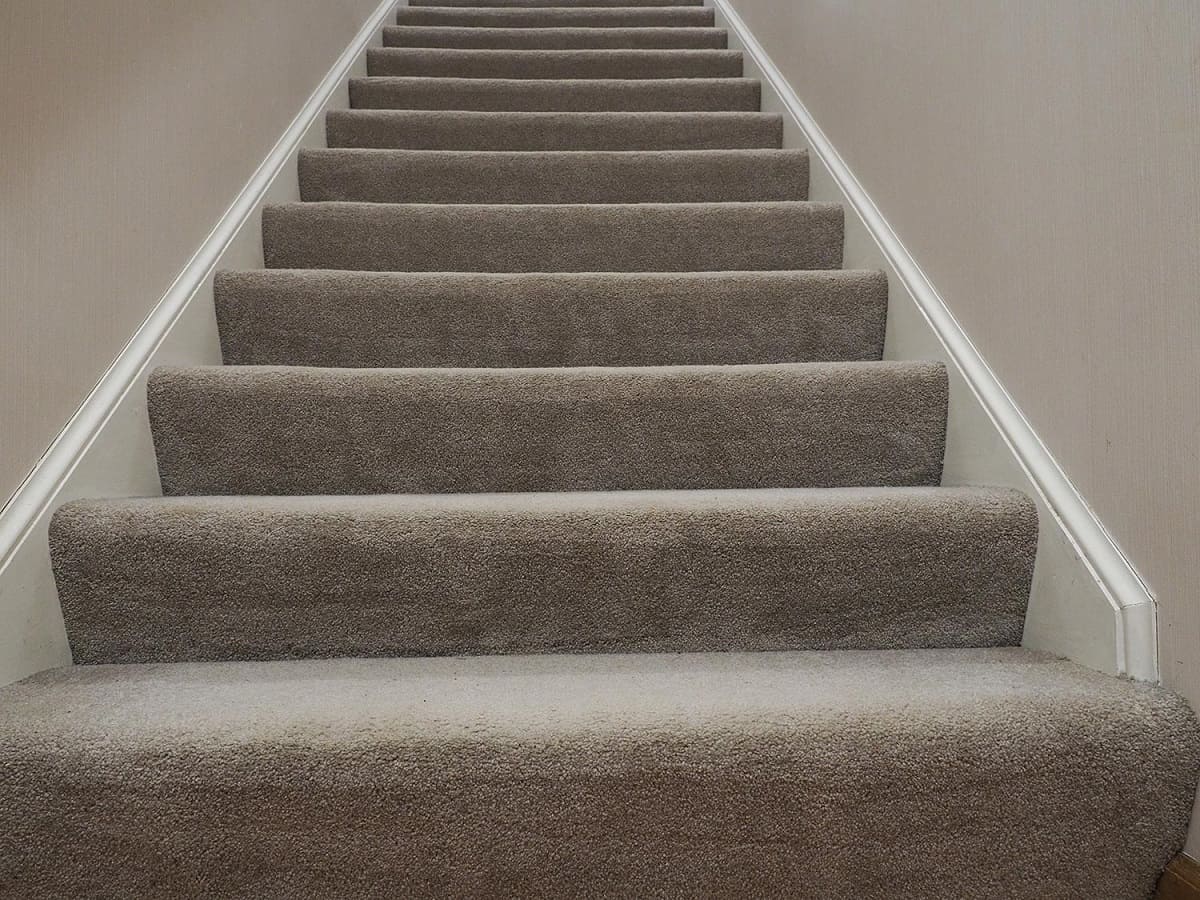
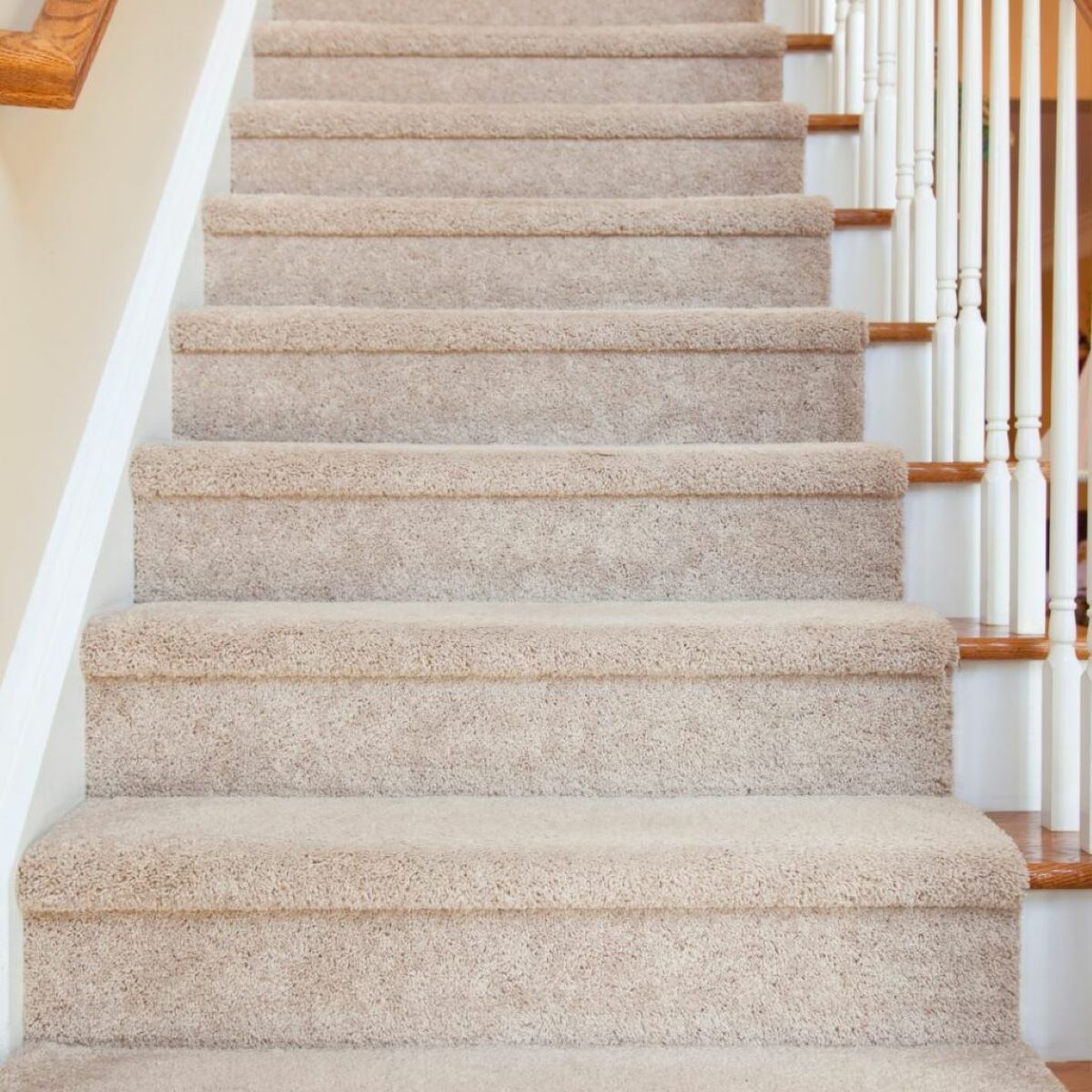
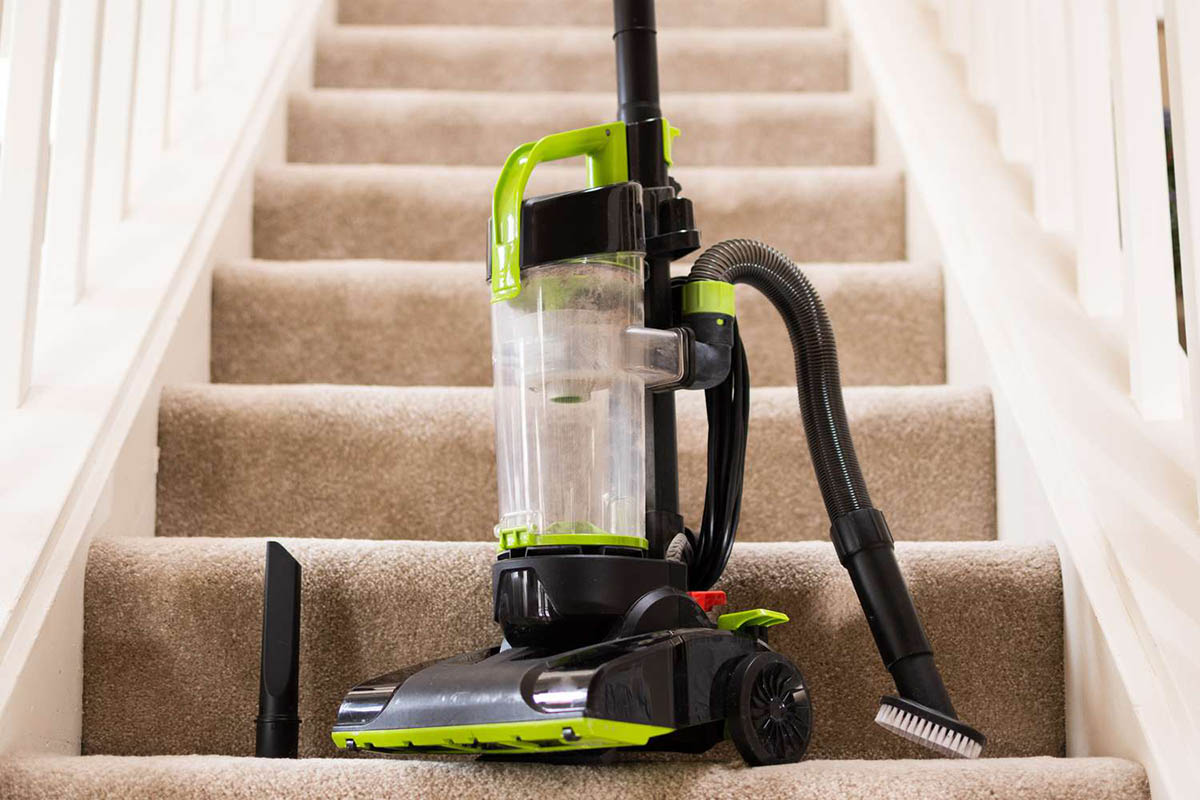
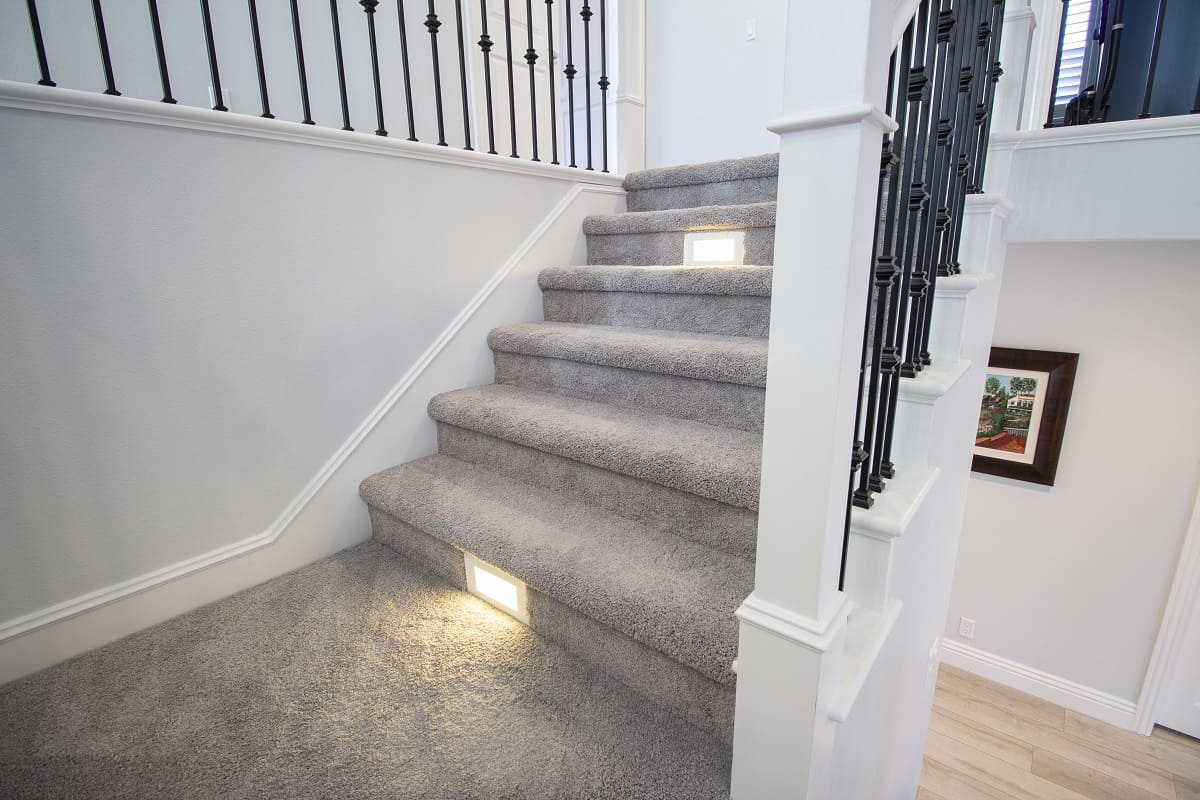
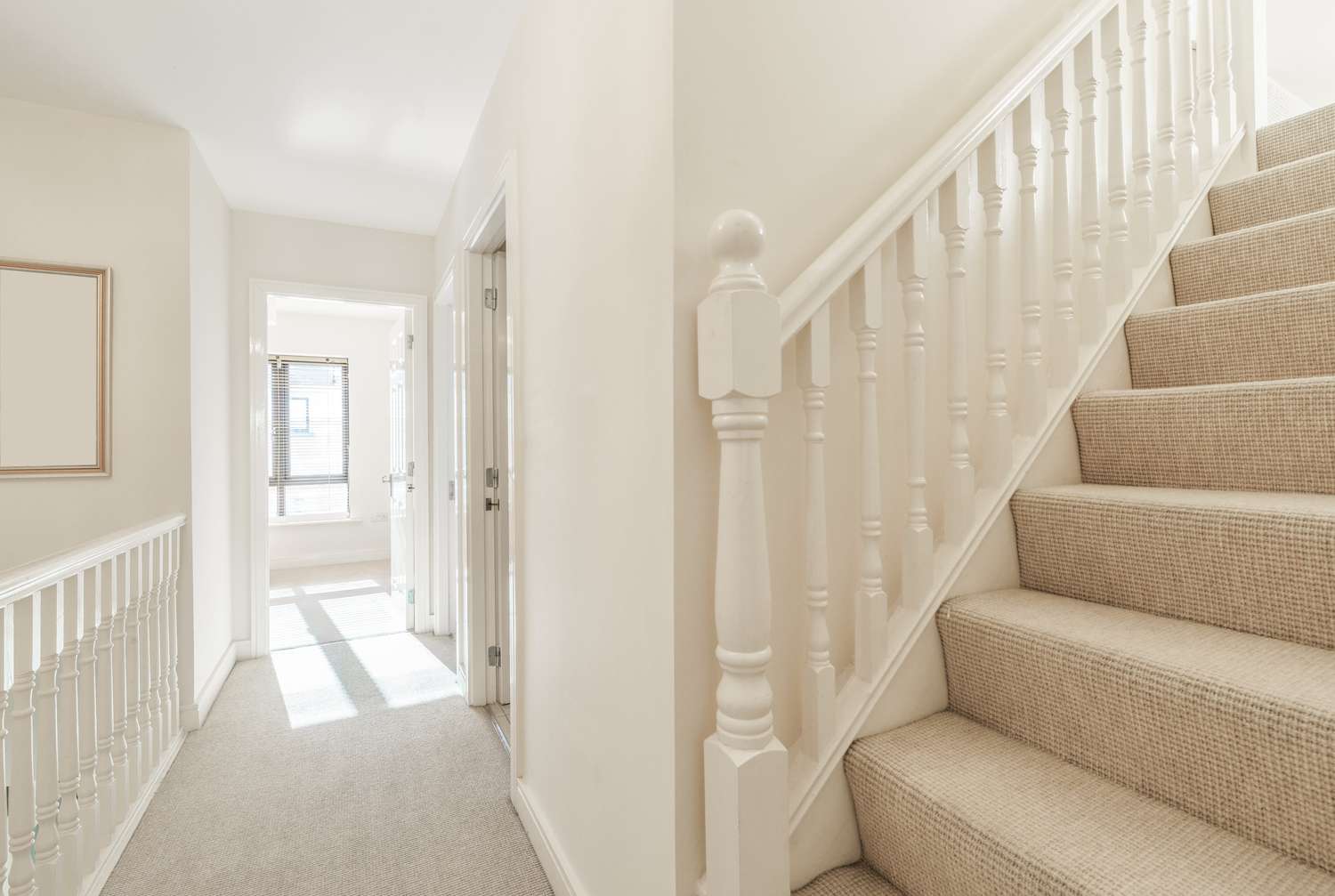
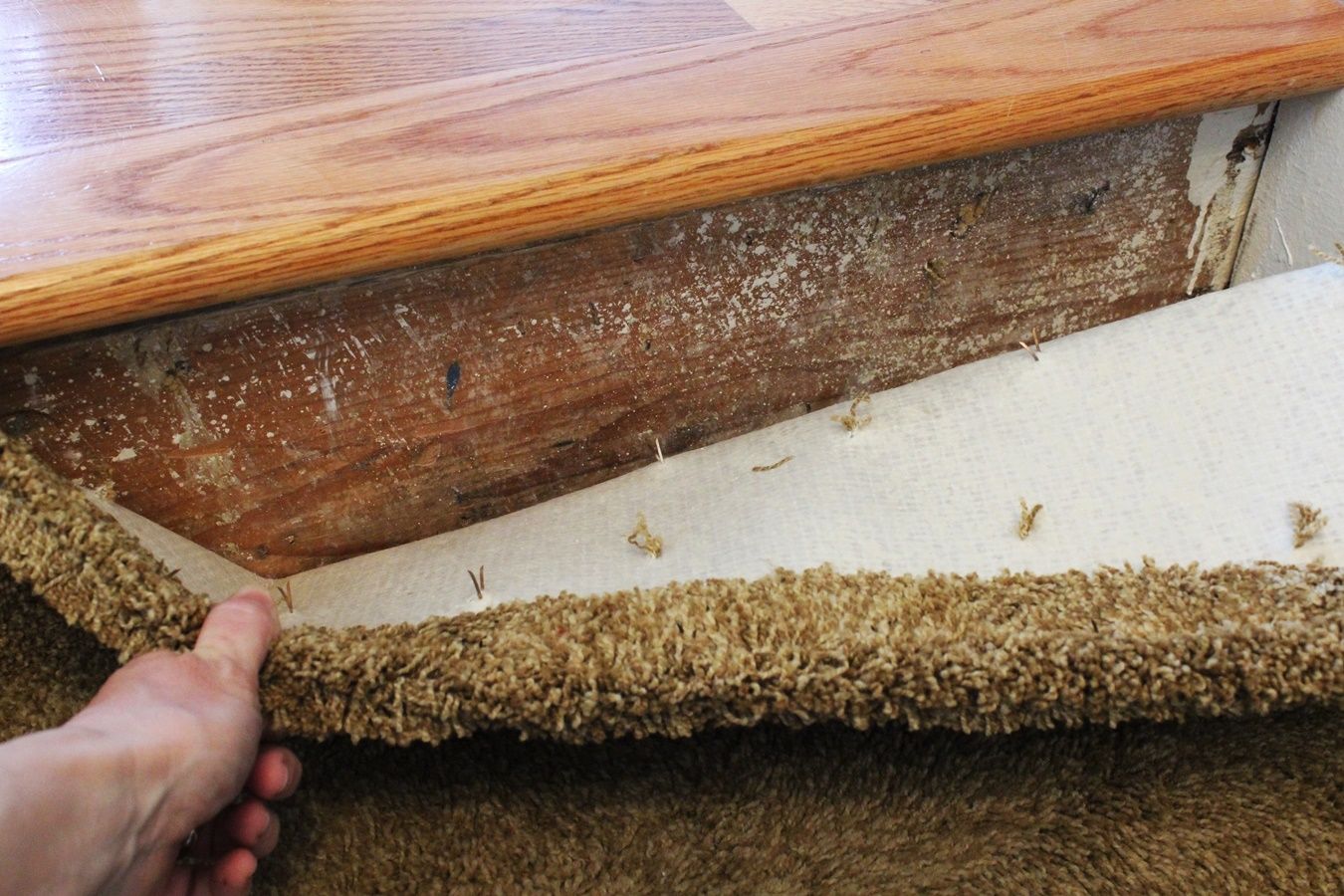
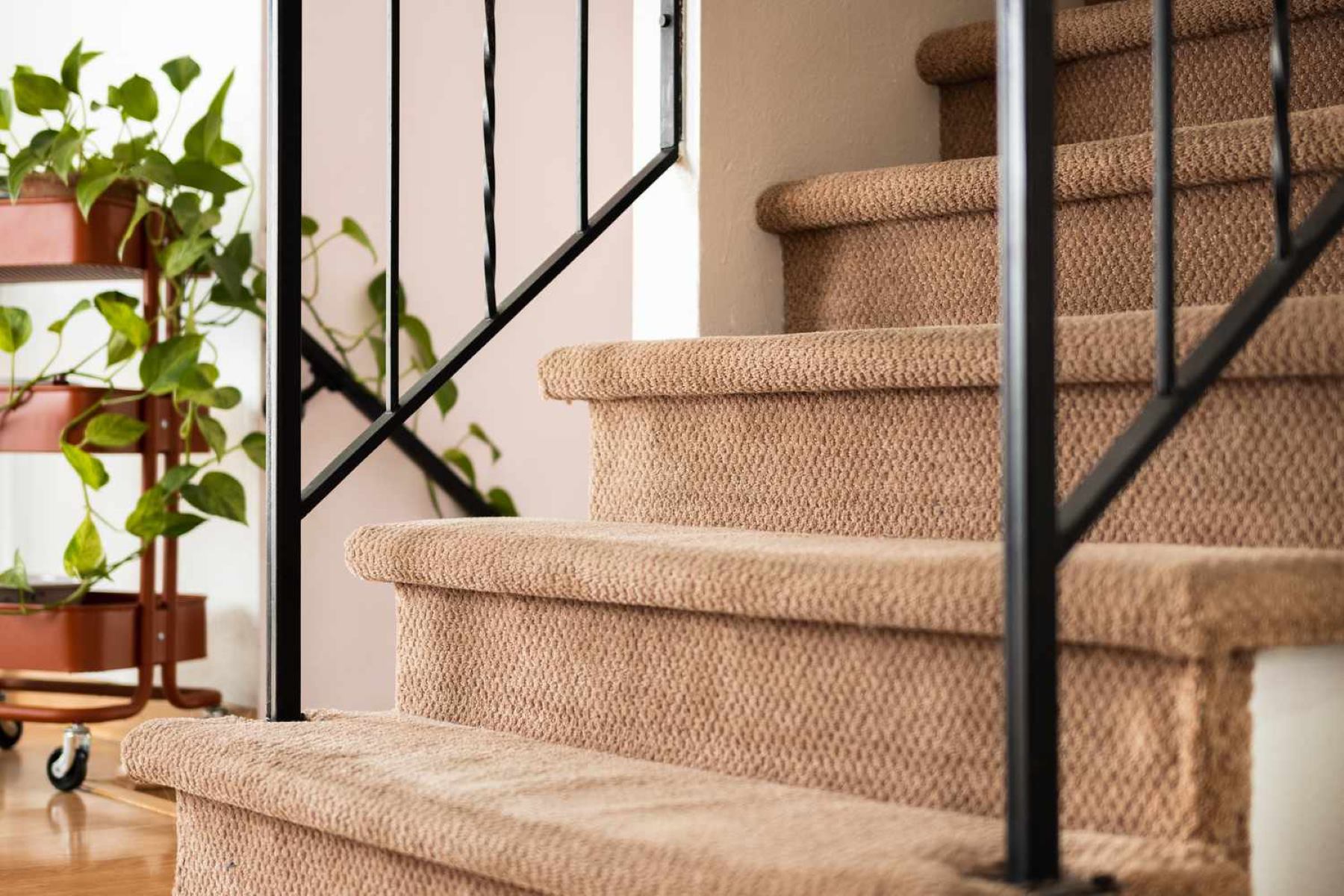
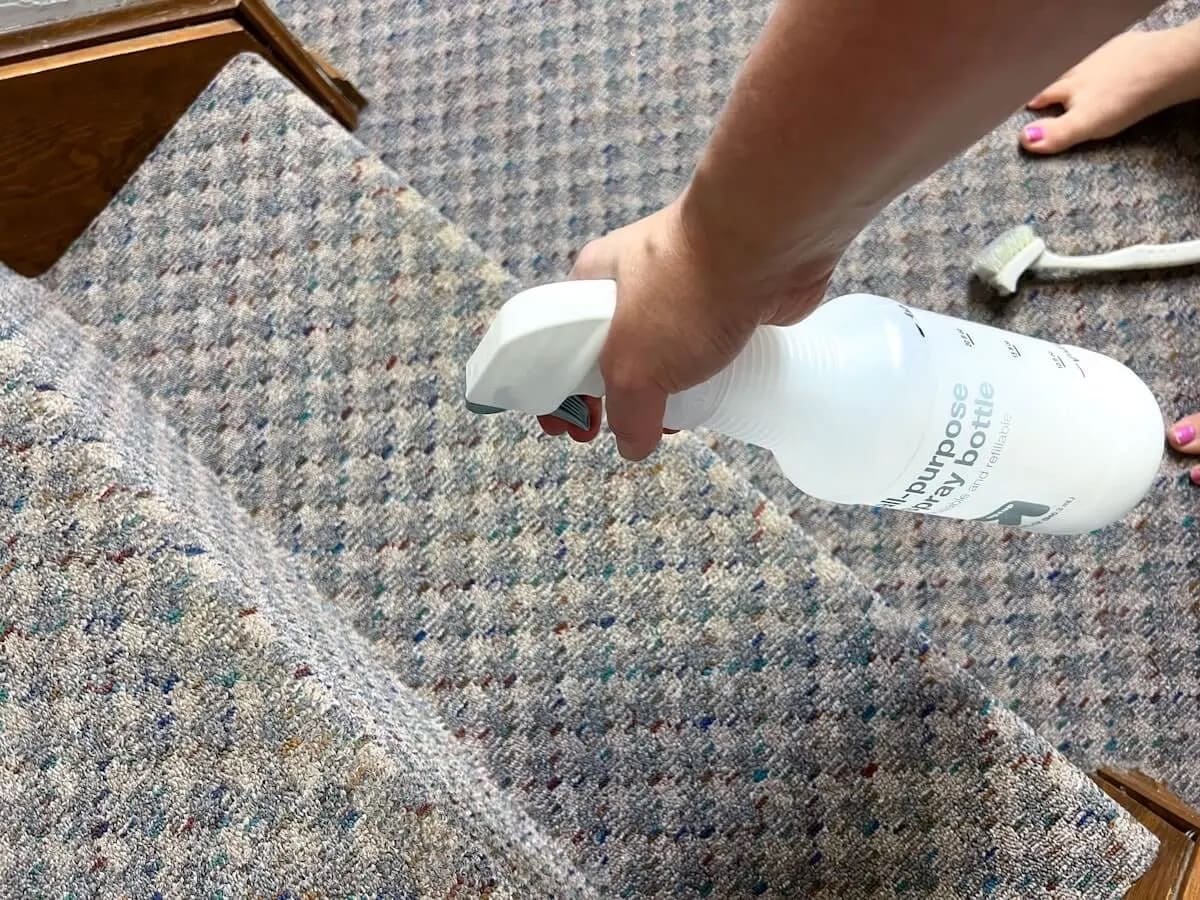
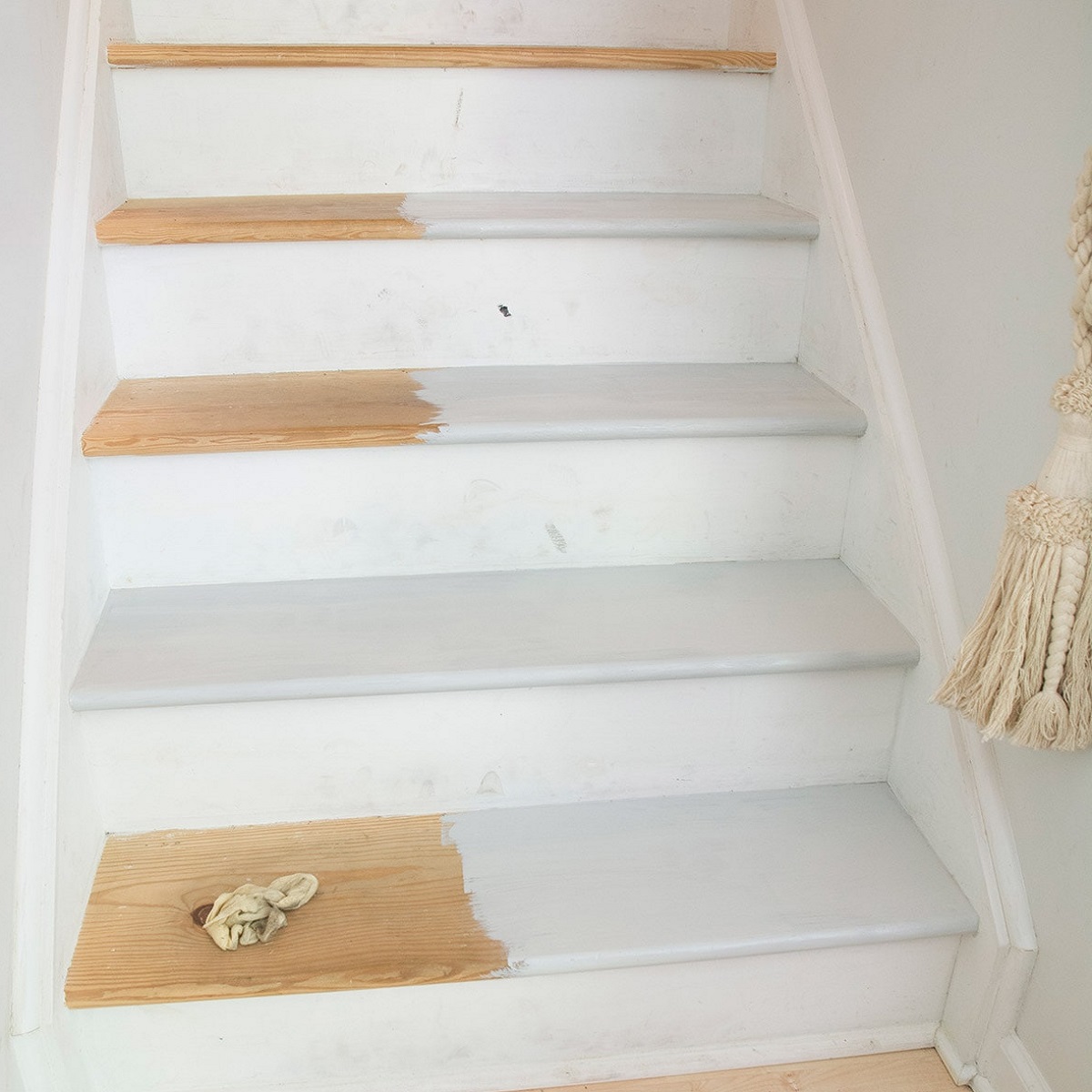
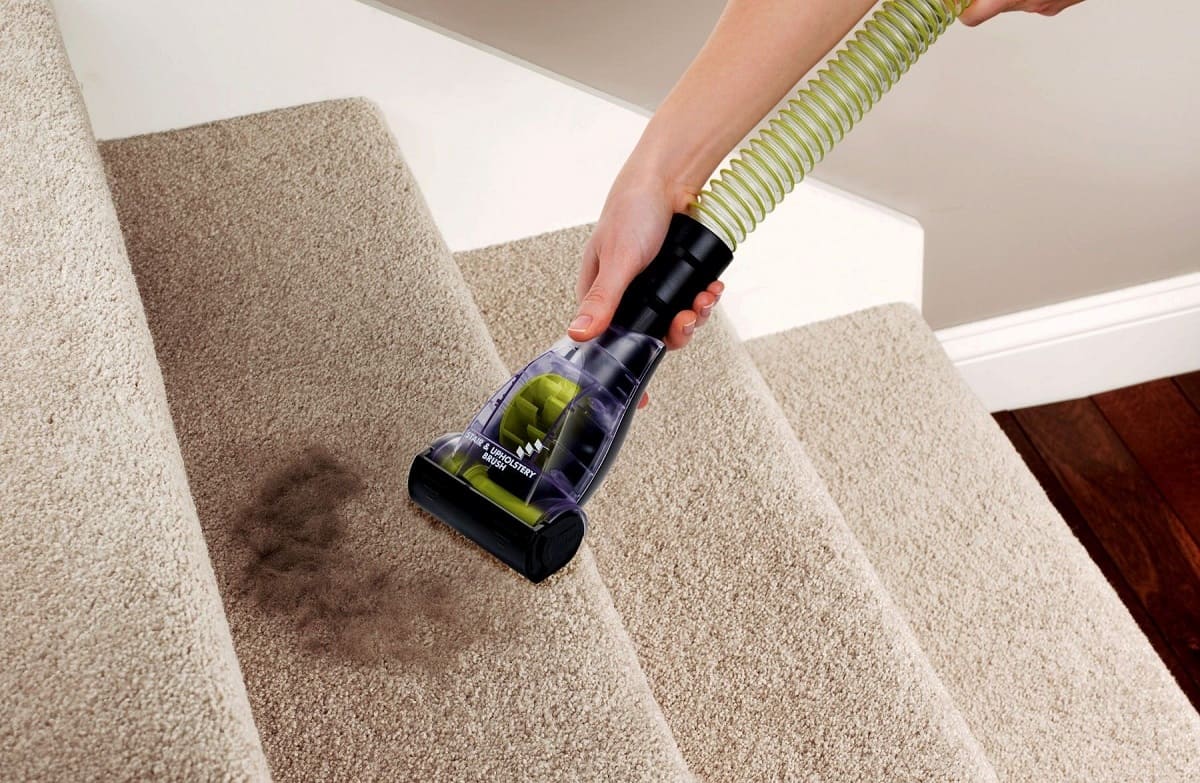
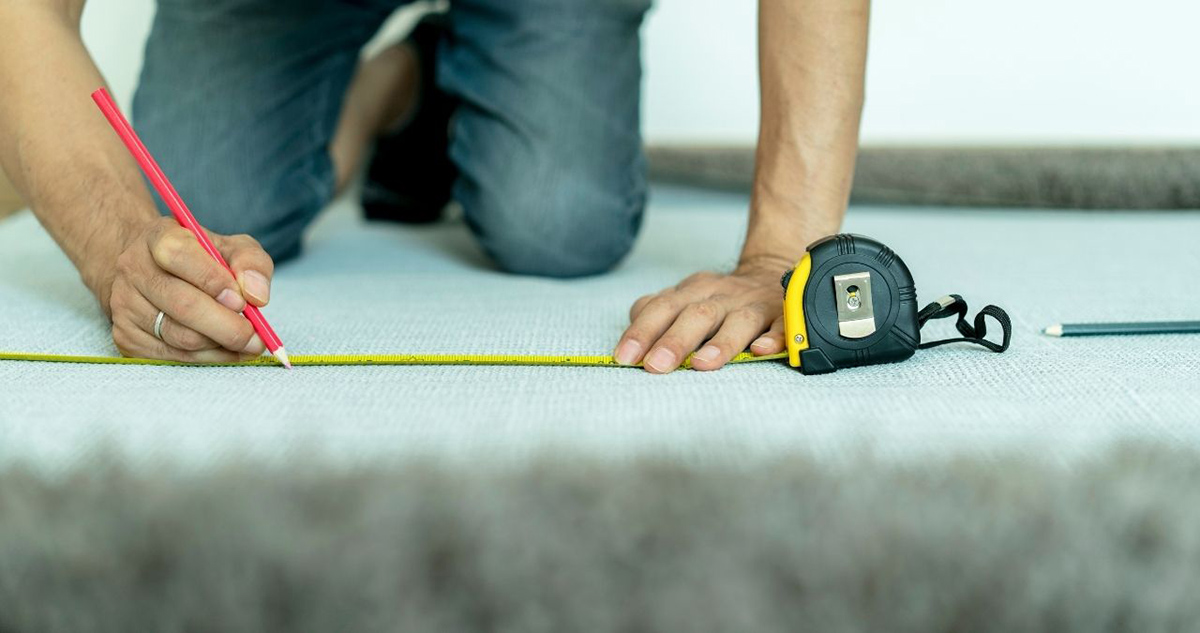
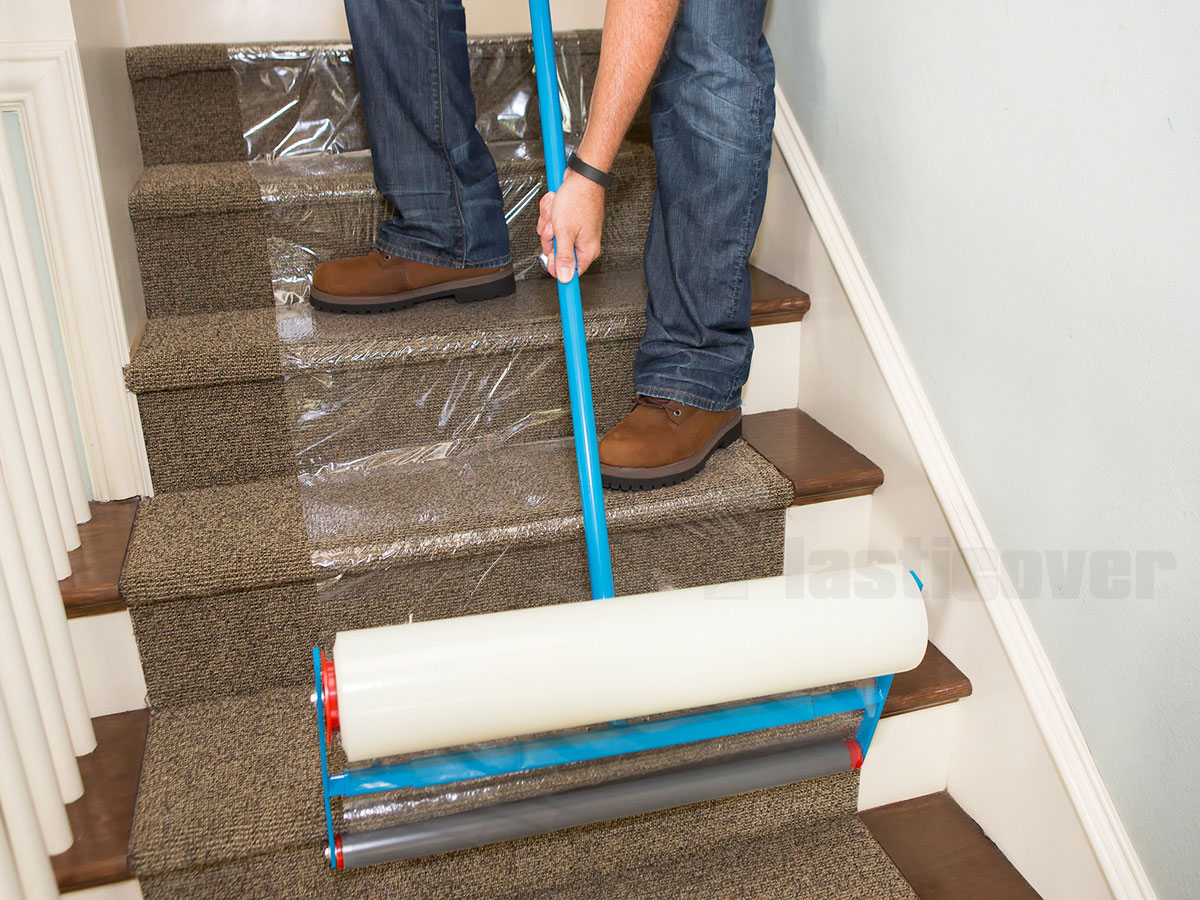
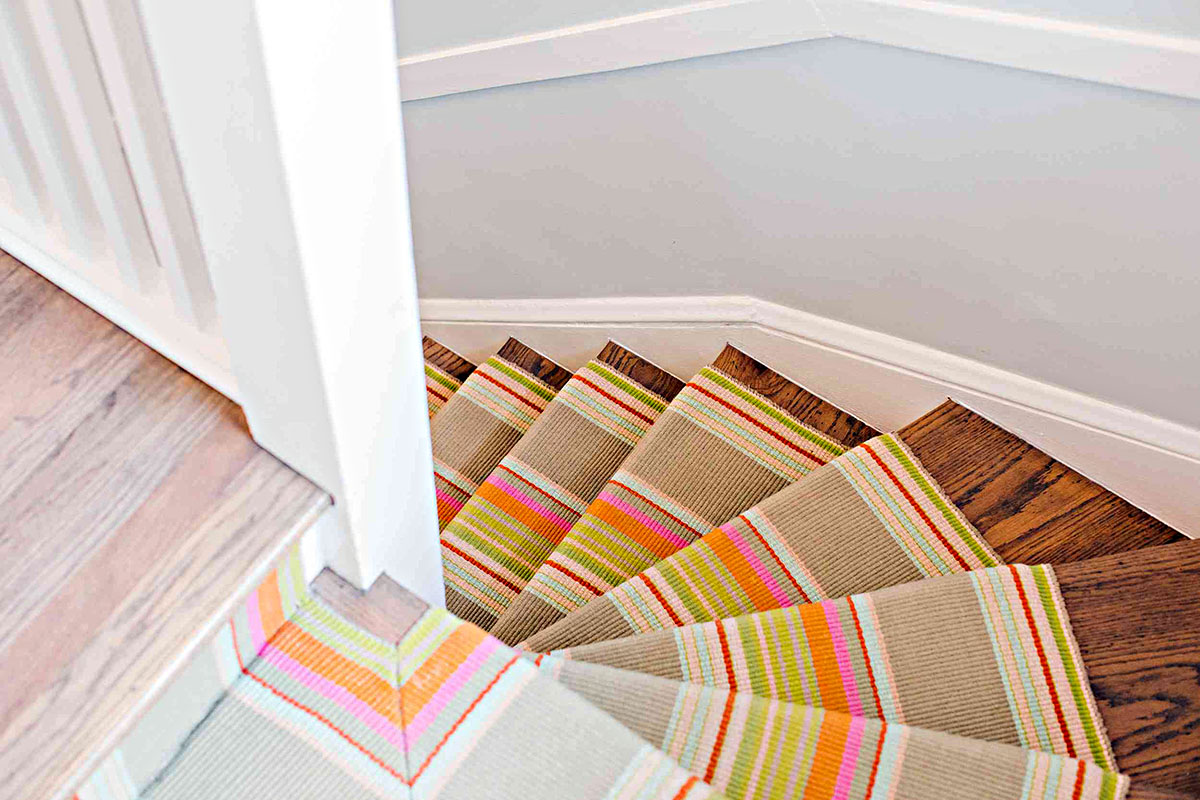
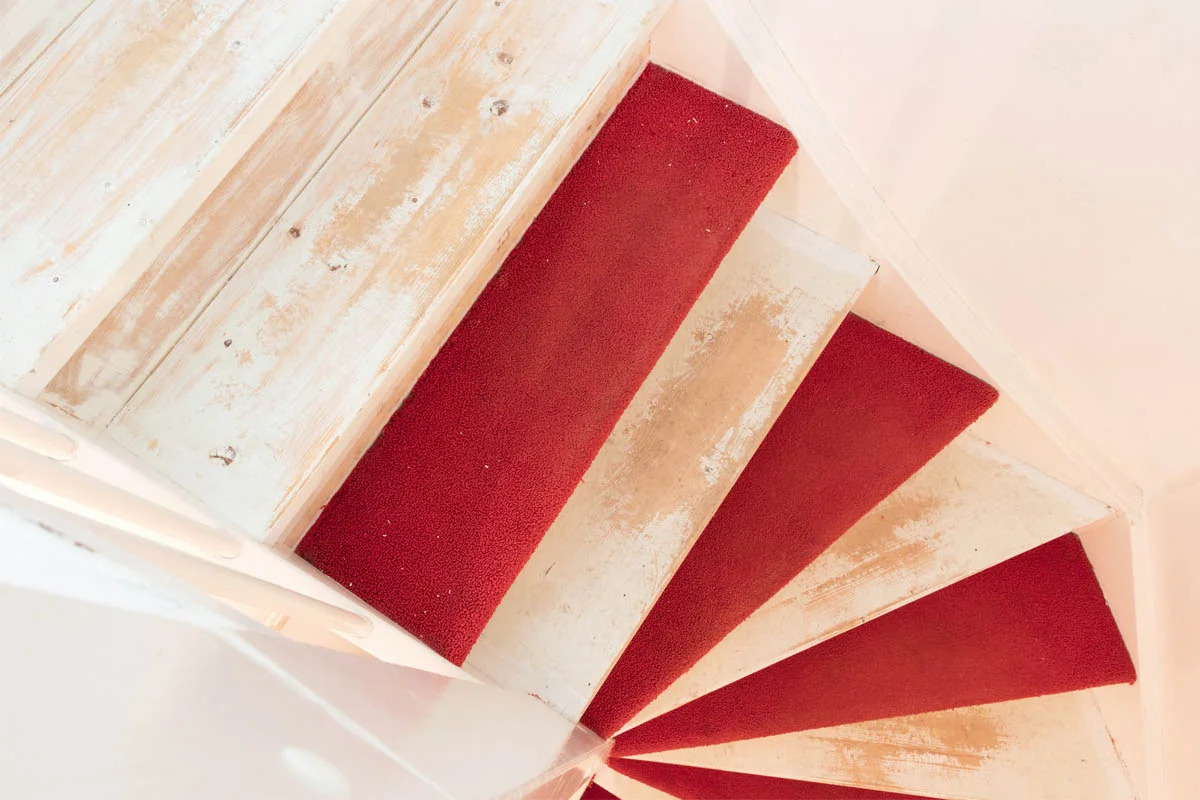

0 thoughts on “How To Add Carpet To Stairs”